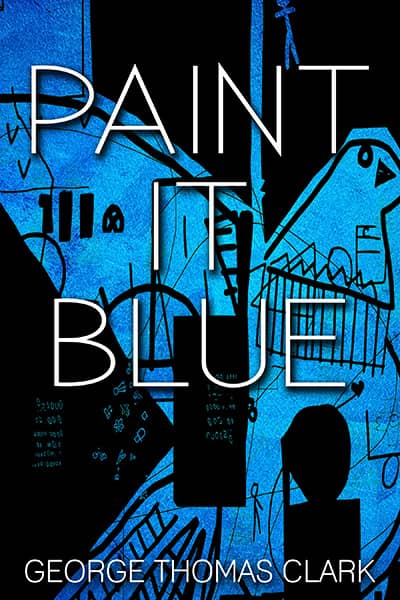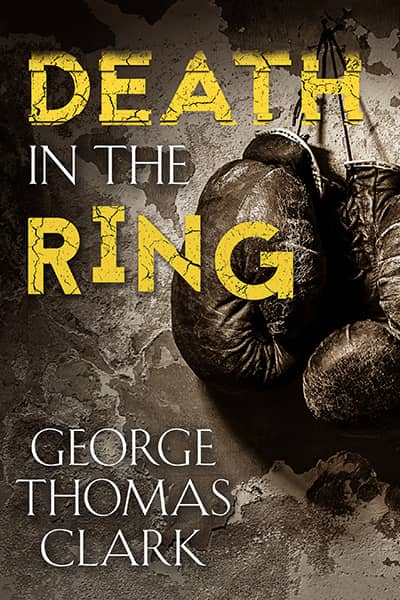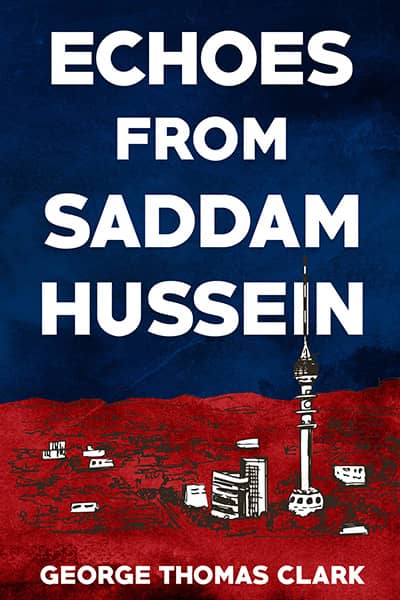Assessing Yarnell
July 4, 2013
On June 18 my cousin, Carolynn, a retired nurse living in Prescott, Arizona sent this email: “A wildfire broke out yesterday around noon and came over to my side of the mountain by evening. Fear is not a common emotion for me to feel, but feel it I did as I hurriedly packed to evacuate. Ultimately I did not have to evacuate, but I could still see flames from my bed at 2 a.m. This morning things look better, and I pray that more containment is achieved before today’s high winds hit. Such an interesting process to see what I packed, what I could leave with no attachment, what I needed to do to calm my fear (breath practices).”
On July 2 Carolynn wrote, “It’s possible that unless you’ve lived in the SW with the high spring winds and weather-changing monsoons, you can’t fathom how things can change in a second’s time, or how strongly the winds can blow first one direction, then another. So from my perspective, the lightning-sparked fire was being fought ‘safely’ by the Hotshots as the winds blew it steadily in one direction. Then Sunday afternoon, as we in Prescott were celebrating the arrival of our first monsoon rains, the winds that brought us the rain brought them tragedy. It’s being called the ‘wind effect’ of our monsoons which hit Yarnell, turning the fire in a totally different direction, and leading to the tragedy that has been heard about around the world.”
Later July second I talked to another cousin, Don, a retired fire captain from Los Angeles. He mourned nineteen fallen comrades, and said, “Brush is the driest I’ve seen this early in my entire life, and that’s seventy-three years. The fire season usually comes in the fall, after summer dries everything out. This year it came in March. Is global warning a factor? Yeah, we’ve been shitting in the air for over a hundred years. Previous warm periods were caused by natural processes. The world hasn’t been this hot in a million years.”














